What you don't know about LEDs
LED Is a semiconductor device that converts the energy of an electric current into light, the basis of which is an emitting crystal. Various modifications of LED structures are being developed based on semiconductor crystals with emitting p-n junctions. As the efficiency of LEDs increases, so does the number of possible applications.
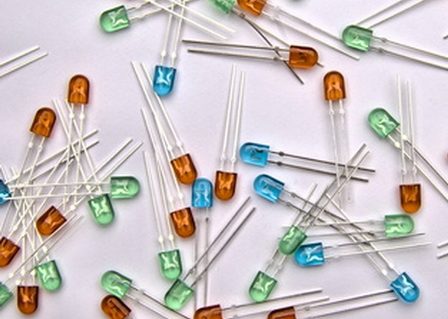
Construction and application of LEDs
LEDs are created from layers of semiconductor materials. The LED consists of a semiconductor crystal on a substrate, a housing with contact wires and an optical system. The powerful LED housings also include a heatsink to dissipate excess heat.
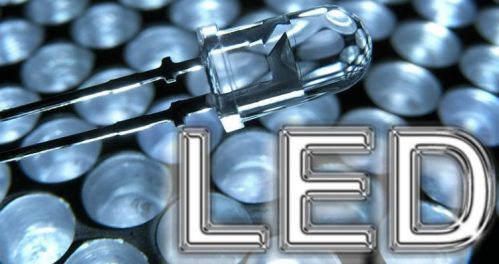
The modern LED is a rather complex semiconductor device, the production of which uses various technologies from the fields of physics, chemistry and electrical engineering. The basis of each LED is a crystal LED chip.
LEDs made by SMD and COB technology are mounted (glued) directly onto a common base that can act as a heatsink — in this case, it is made of metal. this is how LED moduleswhich can be linear, rectangular or circular, 50–75 mm, rigid or flexible and designed to satisfy every whim of the designer.
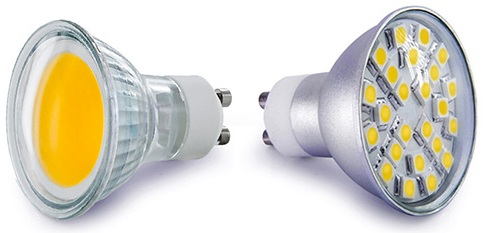
There used to be many LEDs in LED modules. Now, as the power increases, the LEDs become less and less, but the optical system, which directs the light stream to the desired solid angle, plays an increasingly important role.
Ways to get white light from LEDs:
1. The first method is to mix colors using RGB technology. Red, blue and green LEDs are densely placed on one matrix, the radiation of which is mixed using an optical system, for example a lens. The result is white light.
2. The second method consists in the fact that three phosphors emitting blue, green and red light, respectively, are applied to the surface of the LED emitting in the ultraviolet range. This is similar to how a fluorescent lamp lights up.
3. The third method — yellow-green or green plus red phosphor is applied to a blue LED so that two or three emissions are mixed to form white or near-white light.
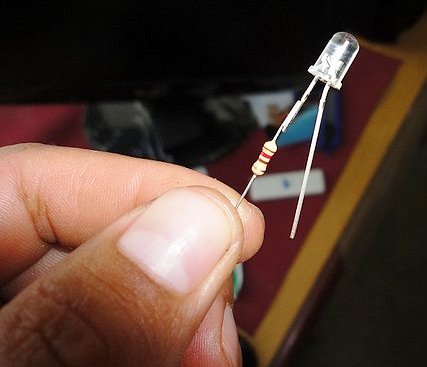
Application of LEDs
The first LEDs appeared in the 1970s, but became widespread after a few decades.
Modern LEDs are distinguished by their miniature dimensions, durability, long service life, good optical characteristics and high radiation quantum yield. Unlike many other light sources, LEDs can convert electrical energy into light energy with efficiency. close to one.
The range of LED technology is expanding day by day.This is mainly due to their energy efficiency and low power consumption with high light efficiency.
LEDs have now become commercially produced light sources for a wide variety of lighting applications. This became possible due to the rather rapid increase in energy performance, reliability and durability of LEDs.
The low consumption of electrical energy, the ease of forming the beam using secondary optics, the ease of control and, most importantly, the specific perception of radiation by the eye make LEDs indispensable for the creation of light sources.
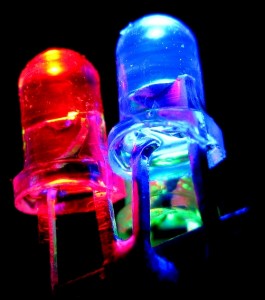
High power LED device
The powerful LED has three characteristics:
1. It includes a low thermal resistance aluminum or copper heatsink to which the crystal is attached with metal solder.
2.The LED crystal is sealed with silicone, guaranteeing the absence of mechanical stress during operation. The silicone is covered with a plastic coating that acts as a lens.
3. The silicon substrate on which the LED is attached provides ESD protection to the structure.
Multiple chips on a single substrate can be connected in series to increase the operating voltage while reducing the operating currents.
The design of the LED determines the direction, spatial distribution, emission intensity, electrical, thermal, energy and other characteristics of the emission from a semiconductor crystal. And of course, the mutual influence of all these parameters on each other.
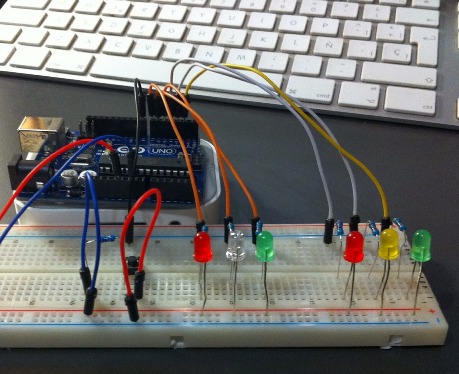
An LED is a semiconductor, and therefore it conducts electric current in only one direction, which must be taken into account by a novice electrician. This is the whole difficulty, because it turns out that the LED does not like it at all when it is connected directly to the power source. The problem is that the LEDs do not sense the measure by starting to consume energy and therefore immediately burn out. To "deliver" the necessary amount of energy to the diode, special limiters, better known as resistors, are used.
To correctly determine the anode and cathode wires, you need to estimate the length of their legs. It is generally accepted that the anode leg should be slightly longer than the cathode leg. If you have experience in soldering LEDs, the probability of damage is minimized, but for novice electricians, they can overheat. The first diodes can be soldered by holding one of its legs with tweezers — this will ensure efficient removal of excess heat.
Many people mistakenly believe that the color of the LED is determined by the color of the plastic in which it is "stitched". In fact, everything is a little more complicated, and the color with which the diode glows will be determined by the type of semiconductor material used in its production. That is why LEDs with different light colors differ in price. Reds are the cheapest because they are most often used for indication, but the most expensive LEDs are blue and white. Lighting technology is constantly moving forward, and therefore more and more new diodes appear on the market.
If you want to quickly test the functionality of the LED, you can connect it via a 1K resistor, as it will accommodate almost all diodes up to 12V.
Multi-color bulbs, which are used in the manufacture of outdoor monitors and crawler lines, combine semiconductor materials that emit green and red when energized. By changing the number and frequency of pulses, as well as the brightness of the semiconductors, a wide variety of colors and shades can be obtained.
It is strictly not recommended to connect several LEDs in parallel using a single resistor, as due to some features this may lead to a reduction in their service life. Today, LEDs are widely used by both small companies and giants in the world of lighting technology. If you want to learn more about electricity and the peculiarities of working with LEDs, carefully study the information presented on our website.
